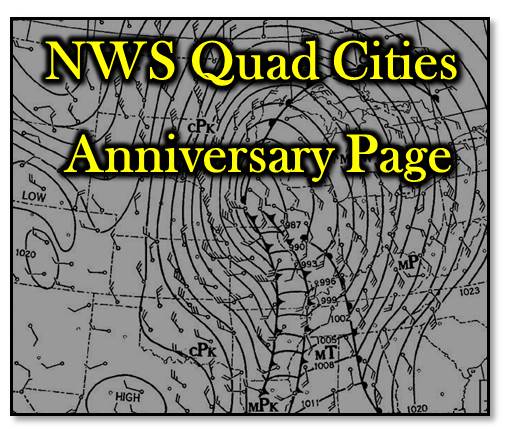The Armistice Day storm of 1940 was a powerhouse late autumn storm that impacted most of the Midwest and Great Lakes region. It brought a vigorous temperature drop to much of the region on impressively strong winds. This temperature drop happened during the daytime in many locations, catching people off guard. For the Dakotas, Minnesota, Iowa, and Wisconsin, heavy snow also accompanied the temperature drop and extreme winds.
In total, 154 lives were claimed by the storm across the region. The most severe impacts were the blizzard conditions in the Upper Midwest and caused shipwrecks by the winds and waves on the Great Lakes. On Lake Michigan, there were 59 fatalities due to the storm.
The following is an excerpt from the NWS La Crosse, WI event review page regarding the Armistice Day storm impacts to Lake Michigan:
The greatest losses were on Lake Michigan which felt the full fury of the southwest gales. Three steamers were sunk, a number of others were grounded, and several smaller boats were lost. Possibly because early in the day the wind was from the southeast and increasing, some of the captains navigated their vessels near the east shore of Lake Michigan; the sudden shift to southwest gales later proved disastrous, as the steamers were practically helpless because they could not run before the storm nor withstand the battering which would result from heading into gale and high waves. The three freighters that foundered all sank off Pentwater, near Ludington, Michigan, with loss of life as follows: William B. Davock, 33; Anna C. Minch, 24; and Novadoc, 2.
Other drownings occurred when the fishing tugs Indian and Richard H. and the motor cruiser Nancy Jane, with a total of 10 persons aboard, were lost on the southern end of Lake Michigan.
Ships reported as driven ashore or on reefs, in addition to many smaller boats, were: Sinaloa at Escanaba; City of Flint at Ludington; Conneaut on the north shore of Straits of Mackinac; Frank J. Peterson on St. Helena Island (reported as abandoned on November 21).
Other vessels, including Joseph Block and New Haven Socony, were badly battered, but eventually made port.
The effect of the sustained southwest gale on the water level of Lake Michigan is indicated by reports of a drop of 4.8 feet at Chicago, a rise of 4 to 4.5 feet at Beaver Island. A lowering of the Fox River by about 5 feet, the result of south and southwest winds, forced paper mills and a power plant to suspend operations at Green Bay, Wisconsin.
For more on this historic event, please visit these detailed review pages from other NWS offices:
 |
 |
NWS Chicago Science & Past Events Page